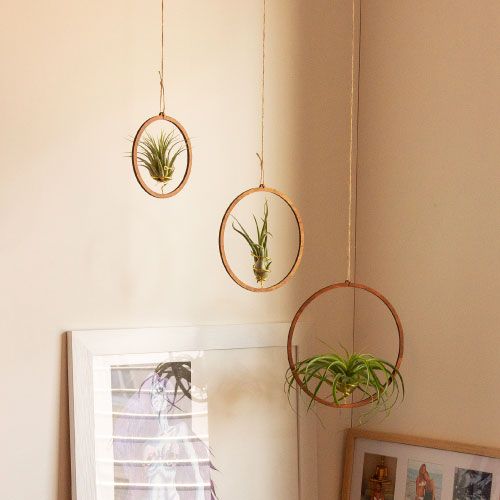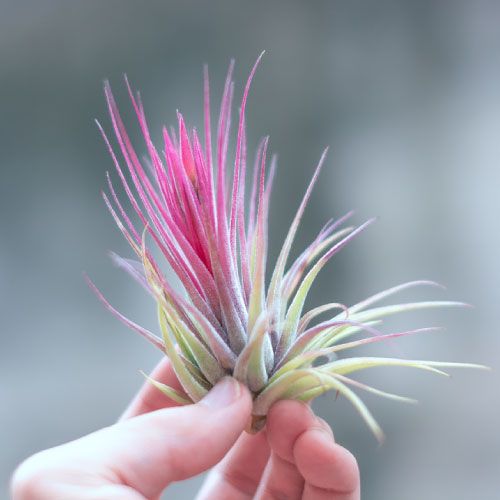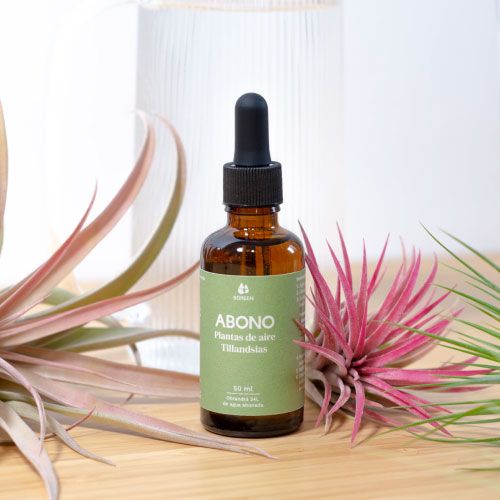Tips for caring for filiform air plants
The air plants are an exotic variety of plants that grow supported on top of other plants and therefore have no roots. It is that quality that in addition to giving them a most surprising aspect, also gives them their name since it is very common for them to be referred to as air plants or aerial plants. There are more than 650 different types of these amazing plants and today we are going to talk about those that have filiform leaves, that is, the most elongated of all.
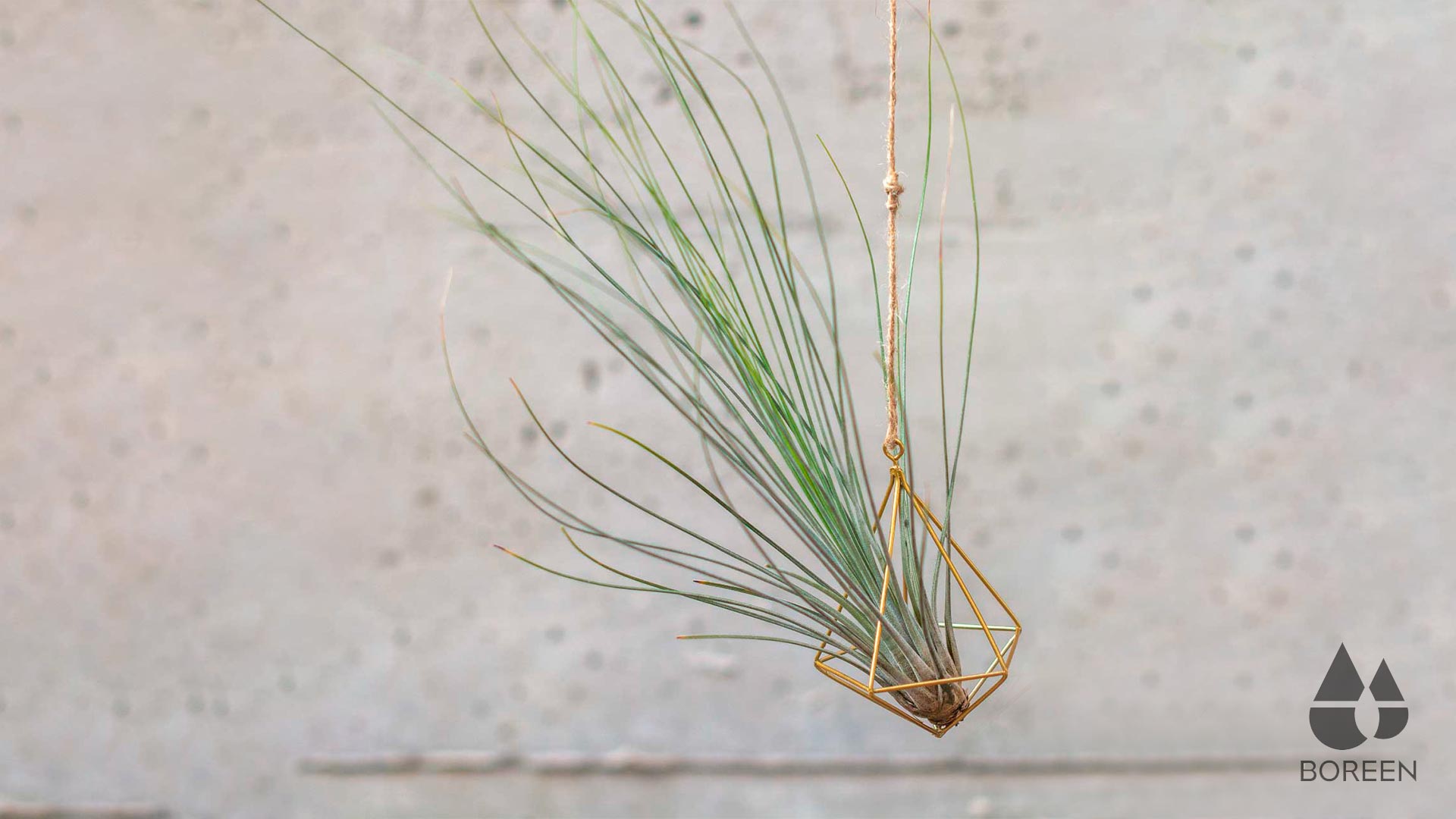
Why do air plants have no roots?
True, let's start at the beginning. The air plants have no roots and they don't need them either. They are plants that live in nature supported on other plants looking for height and remoteness from the ground since a constant humidity rots their center and makes them die. They can easily be found leaning on rocks and other elements that they can find around them on which they are placed to move away from the ground, not to feed on their support. The air plants are not parasitic or feed on any other tree, so they can live super happy and well hydrated using only one support. In fact, there are two categories depending precisely on your location. On the one hand there are the epigraphic tillandsias, which can be found in other living beings such as trees or plants and there is a second group that are the lithophytes, which are located on rocks and other non-living elements. The tillandsias can generate whitish "threads" as roots in the lower part of the plant. That means two things:
- The tillandsia is growing in perfect condition, that is, that those small threads come out is not bad if not quite the opposite.
- He is looking for a place to hold onto. They naturally seek to avoid falling so it is their natural that they seek to strengthen their stability.
If by chance you have an air plant either on one of our supports or on some other decorative element and you have seen that these threads come out as a root, you can remove those filaments using a small scissors, always avoiding damaging the tillandsia.
So how are the air plants fed?
The air plants have no roots but they do have leaves and it is through these that they receive nutrients. They do this through filaments existing in their leaves called trichomes. The word trichome means hair in Greek and refers to those are fine growths existing in the leaves of the air plants. These hairs that cover the leaves of the air plants, are not exclusive to the tillandsias since they can also be found in algae or lichens and have different vital functions for aerial plants in addition to other aesthetic functions that make them decorative plants by giving them that velvety appearance. Depending on the number of trichomes existing in the different varieties of air plants there are two categories:
- Xeric: With a large number of trichomes and a more velvety appearance, better prepared to withstand the sun and heat.
- Mésicas: With few trichomes and therefore more suitable for indoor and more humid environments.
The functions of trichomes are broad. On the one hand, they help protect the plant against external aggressions such as chafing and thus prevent damage from reaching the epidermis of the air plant and it dies. They also have a protective function against the sun since the tillandsias do not like the direct sun and these trichomes function as a layer that defends the plant. On the other hand, trichomes are responsible for maintaining moisture in the air plants. A vital function for these plants that live without soil. These absorb moisture from the environment and filter it to hydrate and keep the plant in perfect condition.
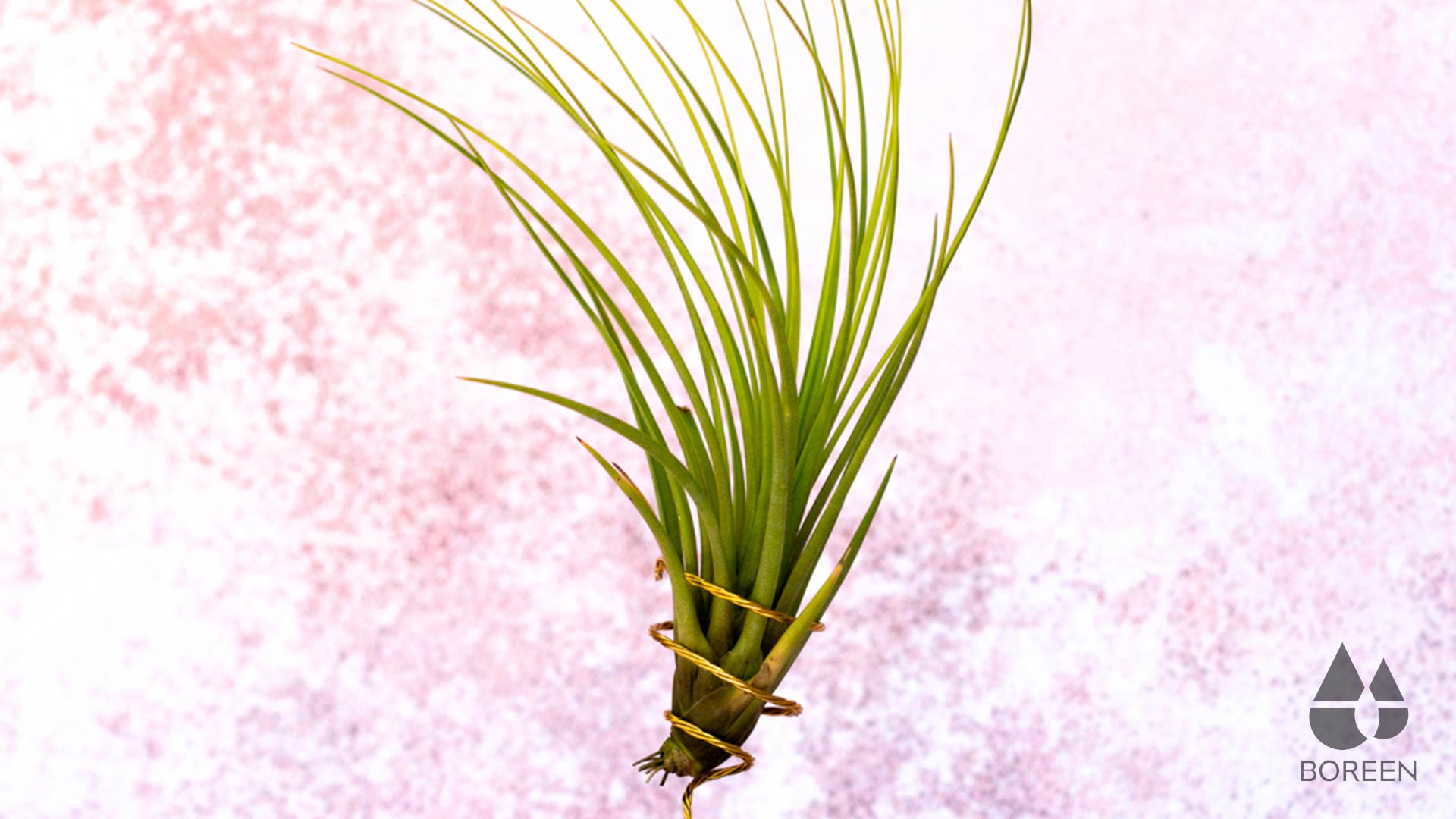
What are the leaves of tillandsia filiform like?
As I said the family of aerial plants is very extensive and you can find a wide variety of them in the market. One of the most prominent varieties are the filiform tillandsias.
This decorative plant is native to Central and South America and in nature it is common to see it hanging from branches of other larger trees and even at a certain height. That is why the air plants can be used as decoration in suspension without prejudice to the plants since they are comfortable and do not usually have adaptation problems.
Tillandsia JUN of filiform leaves is formed by a large number of long and thin leaves that can reach up to 35 centimeters in length in adulthood.
The base of the plant leaf JUN is brownish, darker than the tone of the tips and together they form a compact bulb from which the long and increasingly thin leaves emerge. To keep this type of tillandsias happy they must be kept moist and well ventilated. The ideal is to spray the filiform tillandsias 3 or 4 times a week or if you prefer, immerse it for 35 - 40 minutes in ambient water weekly. Its leaves are more sensitive to desiccation than other varieties of tillandsias so you should watch in the hottest seasons. To know if the JUN or any other filiform tillandsia you have needs more water, look at its leaves, if you notice that they bend or begin to curl you must increase the humidity of the plant.

How to care for filiform air plants
- Avoid direct sun and keep it in some semi-light area, especially in summer and in very hot seasons. In winter place the plant somewhere bright.
- Do not place it in extreme temperatures, that harms them but do not worry its temperature range is very wide and will be perfect if you can keep it between 5º and 40º Celsius.
- It can be maintained both indoors and outdoors by again seeking the lowest temperatures in which there may be a risk of frost.
- As for watering a couple of daily sprays are enough or a weekly bath. Use room temperature water, never too cold.
- Fertilization is not necessary for this type of plant but there are a variety of liquid fertilizers on the market that can help tillandsia at the time of flowering or growth.
What do you think of these tips? If you have already applied them to your plants and have been able to improve the state of your tillandsias, we would love you to leave us a comment in this same article.




